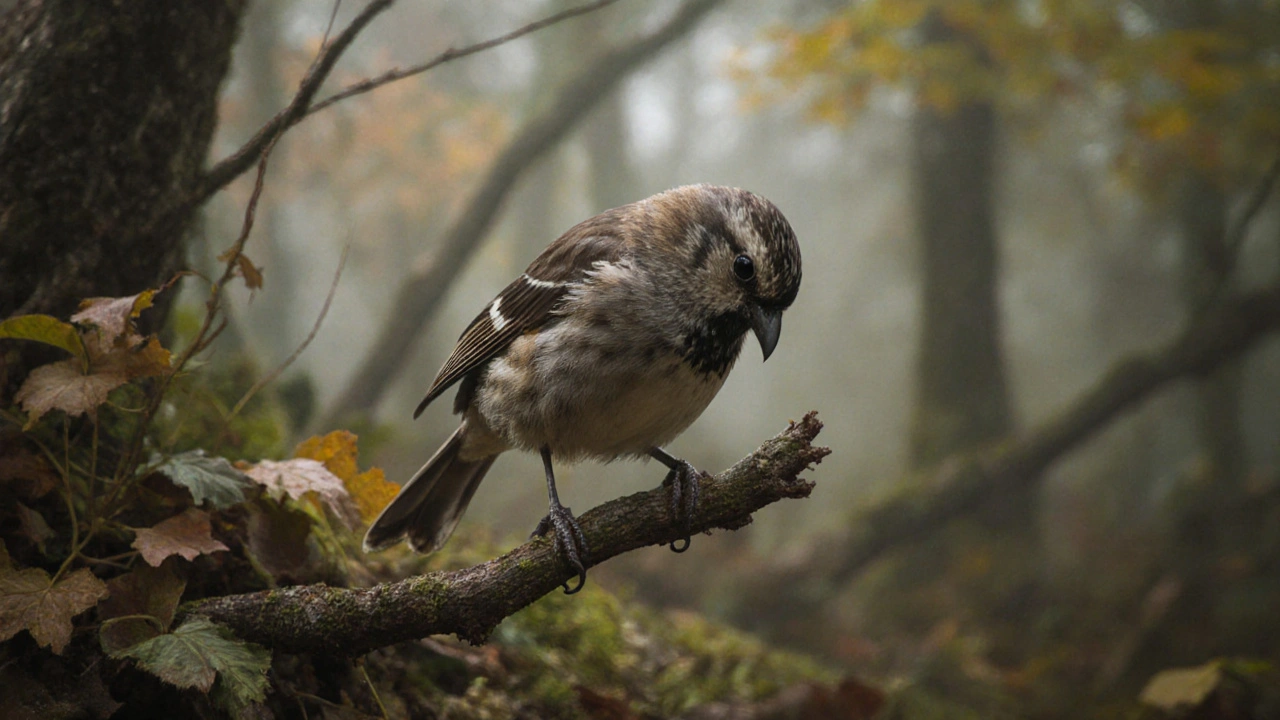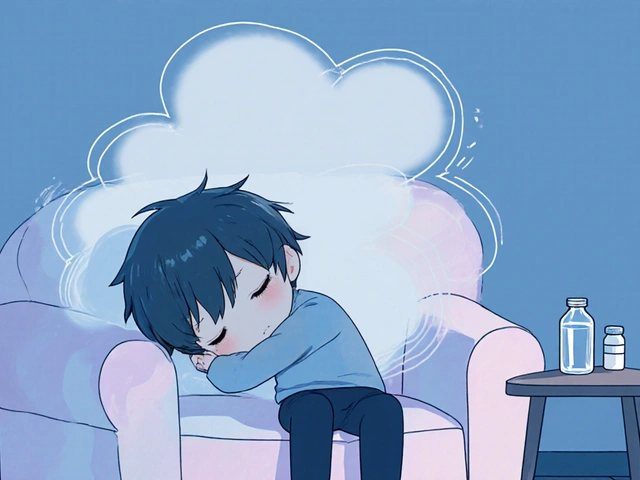Feather Loss: What Causes It and How to Treat It
If you’ve noticed bald patches on your bird, you’re probably wondering what’s going on. Feather loss isn’t always a sign of a serious illness, but it can be. Understanding the reasons behind it helps you act quickly and give your feathered friend the right care.
Common Causes of Feather Loss
Most birds go through a natural molting cycle where old feathers fall out and new ones grow in. This process usually happens once or twice a year and isn’t a problem. Trouble starts when loss is uneven, excessive, or accompanied by skin irritation. Parasites like mites and lice are a top culprit; they bite and irritate the skin, making birds pull out feathers. Poor nutrition can also weaken feather growth – a diet lacking protein, vitamins, or minerals often shows up as thin or missing feathers. Stress from a sudden change in environment, loud noises, or an aggressive cage mate can trigger feather plucking. Finally, infections, hormonal imbalances, and skin disorders such as dermatitis can lead to patchy loss.
Practical Steps to Help Your Bird
First, give your bird a quick health check. Look for red or scaly skin, itching, or signs of parasites. If you see anything odd, book a vet visit – a professional can run a skin scrape or blood test to pinpoint the problem. Clean the cage regularly; replace perches and toys that might be rough or cause irritation.
Next, review the diet. Offer a balanced mix of high‑quality pellets, fresh fruits, vegetables, and a protein source like boiled egg or cooked beans. Adding a calcium supplement or a vitamin B complex can support feather growth, especially during molting.
Reduce stress by keeping a stable routine. Avoid loud music, sudden temperature changes, and overcrowding. Provide enrichment toys that keep the bird busy and less likely to pluck. If another bird is aggressive, consider separate cages or a gradual re‑introduction.
For parasites, a vet‑prescribed spray or dip can clear mites and lice. Follow the treatment schedule carefully, and repeat as advised to break the life cycle. After treatment, give the bird a bath or misting session to soothe the skin.
If feather plucking is driven by boredom, try foraging toys that hide treats, or rotate toys every few days. Simple changes like adding a new perch texture can make a big difference.
Monitor progress every week. New feather growth should appear within a few weeks if the underlying issue is addressed. Keep a note of any changes in behavior, appetite, or cage conditions, and share them with your vet.
Remember, feather loss is often a signal that something needs fixing, not a hopeless condition. By checking health, improving diet, reducing stress, and treating parasites, you can help your bird regrow its beautiful plumage and stay happy.
Deplumation in Wild Birds: Causes, Impacts & Conservation

Explore why wild birds lose feathers, the impact on their health, and what conservation actions can reverse deplumation.
read more



